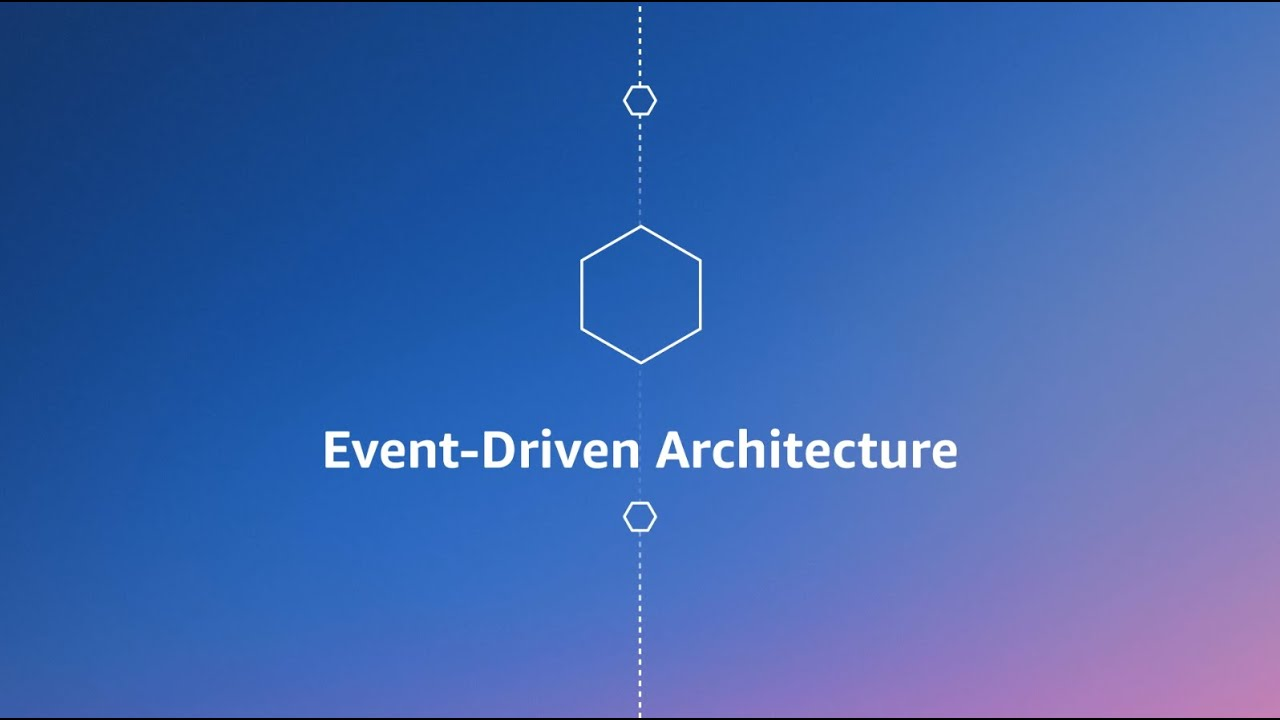Introduction

In the world of software development, sequence diagrams play a crucial role in visualizing the interactions between different components of a system. They provide a clear and concise representation of how objects communicate with each other, making it easier for developers to understand the flow of execution and identify potential issues. However, creating effective sequence diagrams requires careful planning and adherence to best practices. In this article, we will explore some of these best practices and provide you with valuable tips to create sequence diagrams that are both informative and easy to comprehend.





